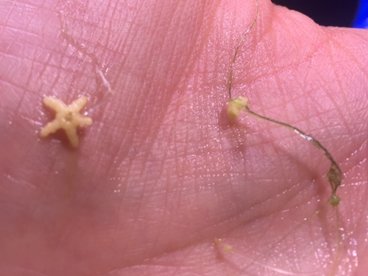
Why a Minnesota Lake Has Become a Giant, Living Laboratory
A Minnesota lake has become a giant, living laboratory to study invasive plants. Starry stonewort was found for the first time in our state in Lake Koronis in 2015. The aquatic invader has now spread to 13 Minnesota lakes.
Koronis is a 3,000-acre lake in Stearns County. When starry stonewort was discovered three years ago it had already taken over 250 acres; it has since doubled in size.
"It grows incredibly fast," said Koronis Lake Association board member Kevin Farnum. "It'll never go away. And that's not untypical. Most of your aquatic invasive species, you know once they're in a lake there's not really an eradication."
According to Farnum, the Koronis Lake Association has spent half a million dollars on a pilot project to get a handle on starry stonewort.
"Now the good news with that is in some of the areas we've been trying to manage is that we have had some significant reduction," he said.
When 5 EYEWITNESS NEWS visited Lake Koronis, auditors were on the water checking results of experiments. They document everything.
"We are trying to get the word out about what we're doing," said Farnum. "What our successes are, what our failures are, the timing, the mass of area, it's all important to control."

U of M studies bacteria to kill zebra mussels
More than two years ago, the Aquatic Research Lab opened at the University of Minnesota.
Some of the research happening there is about combating zebra mussels using a specific pathogen or type of bacteria.
"Initial findings give us insights to the microbes that are enriched in zebra mussels compared to the environment," said Prince Mathai, research associate at the U of M. "Some of them are also known pathogens. So we are focusing our efforts to isolate those pathogens."
What the researchers want to do is find a pathogen that targets the zebra mussel, but nothing else.
"We don't want to introduce any kind of pathogens that are going to target native mussels," Mathai said.
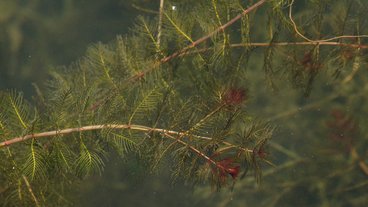
Experts Share Ideas for Controlling Aquatic Invasive Species at U of M Showcase
Controlling and detecting aquatic invasive species is a big deal in Minnesota. In fact, the legislature has allocated $10 million a year to do just that.
At the Minnesota Aquatic Invasive Species Research and Management Showcase on the University of Minnesota's St. Paul campus, experts from all over the country are sharing ideas. Property owners are learning how to protect their lakes. One demonstration outside showed how difficult it is to accurately count zebra mussels in a lake.
Nick Phelps is executive director of the Minnesota Aquatic Invasive Species Research Center.
"It's incredibly important to communicate the value and the process of research here on campus so we can eventually translate that back out to the field, working directly with our stakeholders," he said.
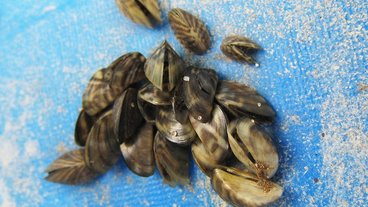
Researchers: Invasive Mussels Not Widespread In Apostle Islands Of Lake Superior
Invasive zebra and quagga mussels don’t appear to be very widespread in the Apostle Islands of Lake Superior. The preliminary findings are part of a two-year study to determine the extent of their numbers and where they originated.
The National Park Service and Environmental Protection Agency detected invasive mussels in the islands in 2015 and 2016, but the invaders have been spotted on fishing nets since 2011. Since then, the agencies began working together to increase detection in the area.
As part of that, Northland College research associate Toben Lafrancois said they conducted a survey of native and invasive mussels last summer. He said they found the distribution of invasive mussels around the islands and nearshore areas is very spread out.
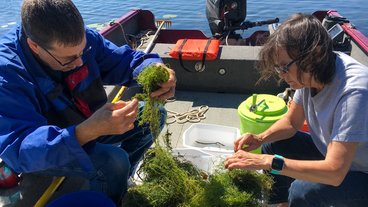
Starry Trek volunteers to hunt for aquatic invasive species
Interested in enjoying a day on the lake, while helping protect it from aquatic invasive species? Look no further than Starry Trek, returning to Lake Waconia, Lake Minnetonka and several other Minnesota lakes Saturday, Aug. 18.
“It’ll be a lot like last year, we got really great feedback so didn’t make any sweeping changes,” said Megan Weber, extension educator at the University of Minnesota Aquatic Invasive Species Research Center, which organizes Starry Trek. “We’re adding a few species into the mix. Starry stonewort will still be the star, but after working with the DNR and getting additional input, we will also be looking for Eurasian watermilfoil, curly-leaf pondweed and zebra mussels.”
After volunteers register for Starry Trek, they will be directed to one of the rendezvous sites on Aug. 18. Rendesvous will be located across the state, including in the Excelsior Commons on Lake Minnetonka and at the public access on Lake Waconia.

Opinion: Working every day to protect our waters
Here in Minnesota (and especially in the Brainerd lakes area in the summertime), we have a special relationship with water, one of our state's most important resources. As "the Land of 10,000 Lakes" water is tied closely to how we see ourselves as Minnesotans.
Water is a key resource for agriculture, mining and other industries, and it provides a connection to the nation and the world through trade on Lake Superior. And water provides a variety of recreational activities, from ice fishing to summer canoe trips. But perhaps most importantly, clean water is what Minnesotans rely on every day for cooking, cleaning and of course, drinking.
At the University of Minnesota, researchers in labs and fields across the state study, monitor and protect our water. For example:
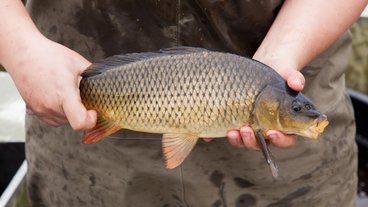
Project aims to control invasive carp west of Lake Minnetonka
A kayak glides across still water. Families stroll a boardwalk, passing anglers on a pier jutting above Wassermann Lake. Picnic areas and parks coexist with wildlife along the lake’s western shore.
Anna Brown, a planner and project manager with the Minnehaha Creek Watershed District, can only imagine these scenes. For now, the water is cloudy and algae crowds the shore.
And Wassermann Lake, like others in its 14-lake system southwest of Victoria, is filled with the common carp, the fish driving the disruption of these waters.

Volunteer invasive species detectors offer outreach, early warning
TURTLE LAKE — Steve Long maneuvered his big pontoon boat closer to a patch of weeds on the north side of the lake and then held the boat steady.
“Try it here, Cec,’’ Long said to his partner, Cecilia Riedman.
Riedman slung a rake-on-a-rope into the lake weeds, let it sink to the bottom, then pulled it back in. It was a good catch. Riedman and friend Yasmin Scrivner pulled apart and inspected the potpourri of greenery.
“This is a good one — it’s coontail ... This is chara, I think. Muskgrass … This is pondweed … These are all native. That’s good news,’’ Riedman said.
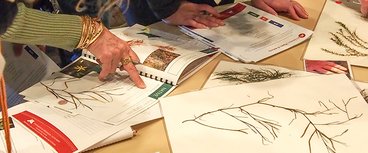
There is hope: MAISRC met last week in continued effort to fight invasive species
Lake season is upon is, which means boats are going from lake to lake and county staff have resumed their positions guarding public accesses and trying to prevent further spread of aquatic invasive species.
In a combined effort to bring together the Minnesota Aquatic Invasive Species Research Center, Becker, Hubbard, and Otter Tail Coalition of Lake Associations, County AIS Coordinators and the Pelican River Watershed District met for an update at M State Detroit Lakes on Friday, June 8.
There were 122 in attendance, including Sen. Kent Eken, Twin Valley, and Rep. Steve Green, R-Fosston who were invited to listen to individuals from various walks of life about the need to continue funding the effort to prevent invasive species.
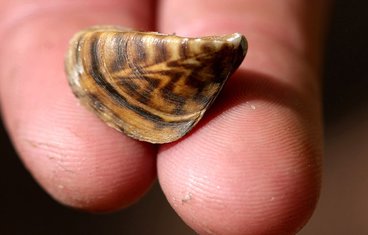
AIS roundtable focuses on education, prevention methods
More than 60 people attended the Whitefish Area Property Owners Association's fourth annual aquatic invasive species roundtable event Saturday, April 28, where seven speakers shared the latest information on many water quality and AIS related issues and opportunities relevant to this area.
Jake Frie, Crow Wing County environmental services supervisor, shared the county's 2018 AIS prevention plan and provided details on how the $450,000 state appropriations would be used to detect and prevent the spread of AIS.
He explained that most of the county resources would be focused on inspection of the 51 watercraft public accesses, operation of decontamination stations and education and enforcement. Area lake associations, like WAPOA and others, will augment the county inspectors' efforts by providing more than 16,000 hours of paid and volunteer inspection hours.
